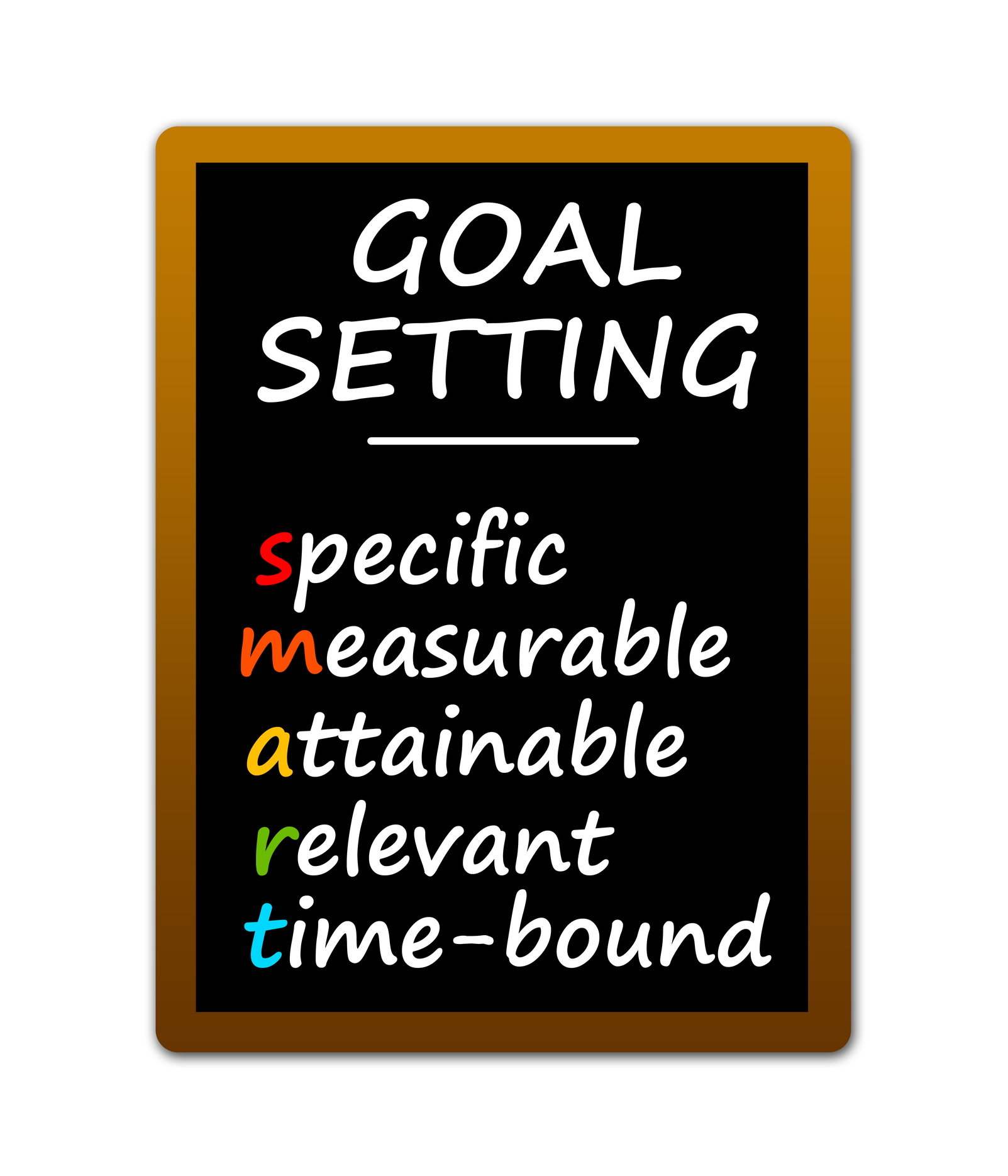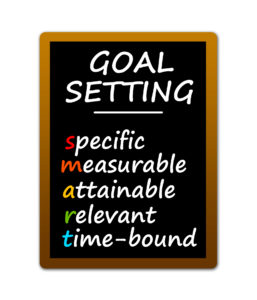
Planning: The RedPen Mentoring way (The SMART way)
A Monday is as good a day as any for planning decisions:
for the week ahead, or further into your future.
Ideally, whatever you plan, your goals should be SMART: specific, measurable, attainable, relevant and time-bound.
There are other suggestions as to what the five letters of SMART might represent:
S – sensible, significant, simple, strategic, stretching
M – maintainable, manageable, meaningful, motivating
A – acceptable, accountable, achievable, action-oriented, agreed, ambitious, assignable
R – realistic, reasonable, recorded, resourced, results-oriented, rewarding, robust
T – tangible, testable, time-based, time-limited, time-sensitive, time-scaled, timely, trackable
Whichever version of the acronym you choose, here’s how I – through my RedPen Mentoring – recommend you tackle the essential task of planning.
Planning to achieve major and minor goals in any one year – the RedPen Way
My advice to those in my RedPen Mentoring group is, initially, to break the coming year into four quarters.
For each three-month period, identify one main goal and two minor ones.
JULY/AUG/SEP: Big goal 1, small goal 1, small goal 2
OCT/NOV/DEC: Big goal 2, small goal 3, small goal 4
The balance of major and minor means you’ll have enough to keep you busy, without overwhelm.
Planning with a month-by-month view
Then, look at the year as 12 separate months and set yourself objectives according to the major/minor goals that you’ve identified for a given quarter.
JULY: Big goal 1 – objectives; Small goal 1 – objectives; Small goal 2 – objectives
AUGUST: Big goal 1 – more objectives; Small goal 1 – more objectives; Small goal 2 – more objectives
SEPTEMBER: Big goal 1 – even more objectives; Small goal 1 – even more objectives; Small goal 2 – even more objectives
As you break down what needs to be achieved, you might decide to tweak your plans – to give yourself more time.
Blow by blow – week by week planning
Then, having identified all your objectives, break it down further into weekly targets. List the tasks that need to be completed if you are to meet your objectives and achieve your goals. etc.
Notice the difference between goals, objectives, and targets
 Goals are long term aims: e.g. to become a best selling author! There is no time frame, and the term ‘best’ can be interpreted in many ways. How you reach that goal might be via a variety of routes.
Goals are long term aims: e.g. to become a best selling author! There is no time frame, and the term ‘best’ can be interpreted in many ways. How you reach that goal might be via a variety of routes.
Objectives are shorter term. They form the milestones on the route to becoming a best-selling author, but still, lack specificity. For example, you might plan to publish 5 books, but without setting deadline dates.
Targets are more precise (to write a book by the end of 2019 and to sell 1000 copies by the end of 2020). Dates and quantities are assigned to activities.
What about the housekeeping?
Of course, on top of your major/minor goals, and all those objectives, and targets … there will be housekeeping tasks that you ought to complete regularly: daily, weekly, monthly.
You’ll need to list them too! For those that must be done on a given day (eg deliver a weekly webinar, attend a class), set them against that day. For the rest, allocate them evenly through the week, starting on a Monday in order of descending importance.
Why descending? Because you might run out of week! Ordering them in this way, the most important ones will be done, even if later in the week than originally planned.
And, block your activity on social media so you don’t ‘waste’ time on it every day.
For example:
DAILY TASKS
MONDAY: Check money in bank; use the hashtag #MondayBlogs in your tweets IF you’re sharing a blog post and IF it’s on a Monday
TUESDAY: Clear emails; check website comments
WEDNESDAY: Weed out junk mail; write, write, write
THURSDAY: Twitter; training!
FRIDAY: Facebook; review past week’s progress and plan for next week …
These daily tasks don’t need to be done on the days you specified but, as you complete each one, cut and paste the entry into next week’s DAILY TASKS list.
Reviewing and revising plans
I advocate you look back (say) on a Friday to see what you’ve achieved. Or, first thing on a Monday – whenever suits you. But, it’s also important to stop and take stock each month, and each quarter.
Having planned from the top down – by year / quarter / month / week / day / hour – it’s also possible to revise your plans from the bottom up. If you’ve been overly optimistic in the time it might take to complete a task, this impacts not just on that particular objective/goal but on other tasks that you are trying to achieve alongside them.
It’s important, therefore, to be honest with yourself about what can be achieved, and by when, and to tailor your plan with a good dose of realism!
If you are not achieving your goals, help with planning through RedPen Mentoring might be just what you need.
I post occasionally on RedPen topics within the ScrivenerVirgin blog.
To subscribe to this blog, click here.
Also … check out the RedPen Editing Tips
on my ScrivenerVirgin Facebook page.



No Comments